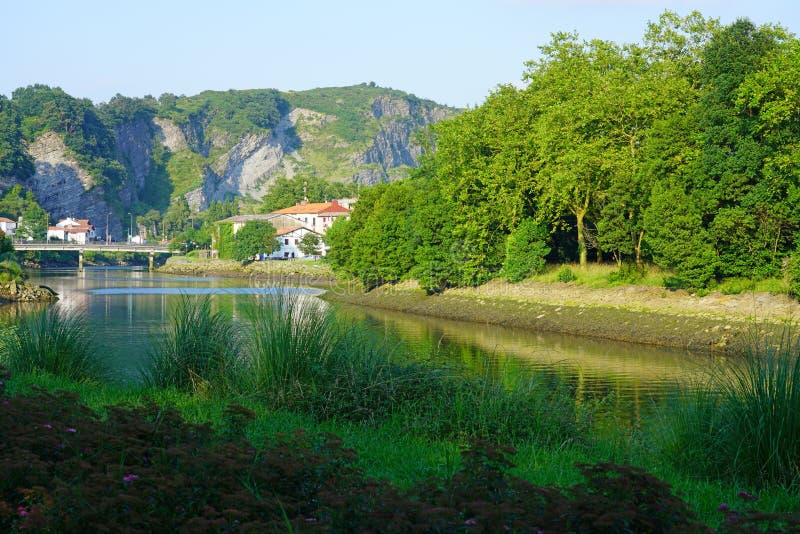Who was the woman buried alone at the pet cemetery?

From Andrew Keh for the NYT: "Ed Martin III was 14 years old when he began working at his father’s pet cemetery, and in the decades since he has tended to the graves of innumerable dogs, many cats, flocks of birds, a few monkeys, a lion cub, a Bengal tiger and countless other creatures from every corner of the animal kingdom. In all that time, after all those burials, there was only ever one request, a few years ago, that gave him pause. Calling that morning, on Jan. 29, 2020, was Bruce Johnson, a lawyer from New York, who had in his possession the cremated remains of a woman named Patricia Chaarte. Ms. Chaarte had died at her home in Mexico, at the age of 92. In her will, she had requested that her ashes be interred at Hartsdale Pet Cemetery, just north of New York City."
Research shows that placebos work even when you know it's a placebo

From Harvard magazine: "Two weeks into Ted Kaptchuk’s first randomized clinical drug trial, nearly a third of his 270 subjects complained of awful side effects. All the patients had joined the study hoping to alleviate severe arm pain: carpal tunnel, tendinitis, chronic pain in the elbow, shoulder, wrist. In one part of the study, half the subjects received pain-reducing pills; the others were offered acupuncture treatments. And in both cases, people began to call in: the pills were making them sluggish, the needles caused swelling and redness; some patients’ pain ballooned to nightmarish levels. This was interesting, considering the pills he gave patients were cornstarch and the “acupuncture” needles never pierced the skin."
Grand Theft Auto became popular because of a programming glitch

From Dan Lewis at Now I Know: "When GTA first launched, the game was boring, admitted Gary Penn, one of the game's designers. Once you finished a task, the game became quickly repetitive. And then something went wrong — or right, depending on your point of view. “One day, I think it was a bug, the police suddenly became mental and aggressive," Penn said. As GameFAQs reported, “This glitch turned out to be the shot in the arm that the game needed. Suddenly, every chase was a life-or-death struggle against a psychotic army of suicidal police cruisers who would stop at nothing to turn your car into a twisted heap of burning scrap metal by any means possible. The playtesters found that messing around was often more fun than following the game’s story.”
Editor's note: If you like this newsletter, please share it with someone else. It is free to read – but if you could spare a small donation through my Patreon, I would be honoured.
This tiny European island switches its national allegiance twice a year

From Mike MacEacheren for the BBC: "Sheltered in the borderlands between France and Spain, on the Bidasoa river flowing to the Bay of Biscay, Pheasant Island is presided over by each nation for six months in turn and is a historical record of the rivalry between the countries. Border irregularities are found throughout Europe – and the world – but a 200m-long island that swaps countries biannually is unfathomably odd. In Roman times, the island was known as "Pausoa", the Basque word for passage or step. Then the French translated this as "Paysans", meaning peasant, before transposing it as "Faisans", for pheasant. The humble island finally came into prominence in 1648, following a ceasefire at the end of the Thirty Years' War between France and Spain."
Sunlight determines whether a culture has a word for the colour blue

From Cathleen O'Grady for Science: "Color is a spectrum: Red fades from orange to yellow, whereas green merges to turquoise, then blue. Languages treat this spectrum in different ways: Some have separate words for “green” and “blue,” others lump the two together. Some barely bother with color terms at all.“The question is, why?” says Dan Dediu, an evolutionary linguist. Now, he has found evidence for an unexpected answer: People with more exposure to sunlight are more likely to speak languages that lump green and blue together, under a term that linguists dub “grue.” That’s because of the effects of a lifetime of light exposure, the team speculates: Lots of Sun causes a condition called “lens brunescence” that makes it harder to distinguish the two hues."
Bought for $3.99 at a Virginia thrift store, this vase just sold for over $100,000

From Alex Rees for CNN: "Jessica Vincent fondly remembers embarking on frequent thrifting trips — at secondhand stores, yard sales, flea markets — with her mother as a child. It’s a habit she retained into adulthood, and one that on Wednesday turned into a six-figure windfall for the Richmond, Virginia native when a glass vase she purchased for $3.99 sold for over $107,000. Vincent told CNN she and her partner were regular shoppers at the Goodwill store in question, and that she noticed the vase immediately. The bottle-shaped design features a swirling pattern — elegantly blown with translucent red and opaque seafoam green glass. Vincent said she recognized markings on the vase’s base indicating that it was made in Italy, from Murano glass."
The level of detail on this Mercedes-Benz model car
The level of detail of this Mercedes Benz Pullman model
— Massimo (@Rainmaker1973) January 16, 2024
[📹 nicehomieinc]pic.twitter.com/Hbk1kSzQdM
Acknowledgements: I find a lot of these links myself, but I also get some from other newsletters that I rely on as "serendipty engines," such as The Morning News from Rosecrans Baldwin and Andrew Womack, Dan Lewis's Now I Know, Robert Cottrell and Caroline Crampton's The Browser, Clive Thompson's Linkfest, Noah Brier and Colin Nagy's Why Is This Interesting, Maria Popova's The Marginalian, Sheehan Quirke AKA The Cultural Tutor, the Smithsonian magazine, and JSTOR Daily. If you come across something interesting that you think should be included here, please feel free to email me.



